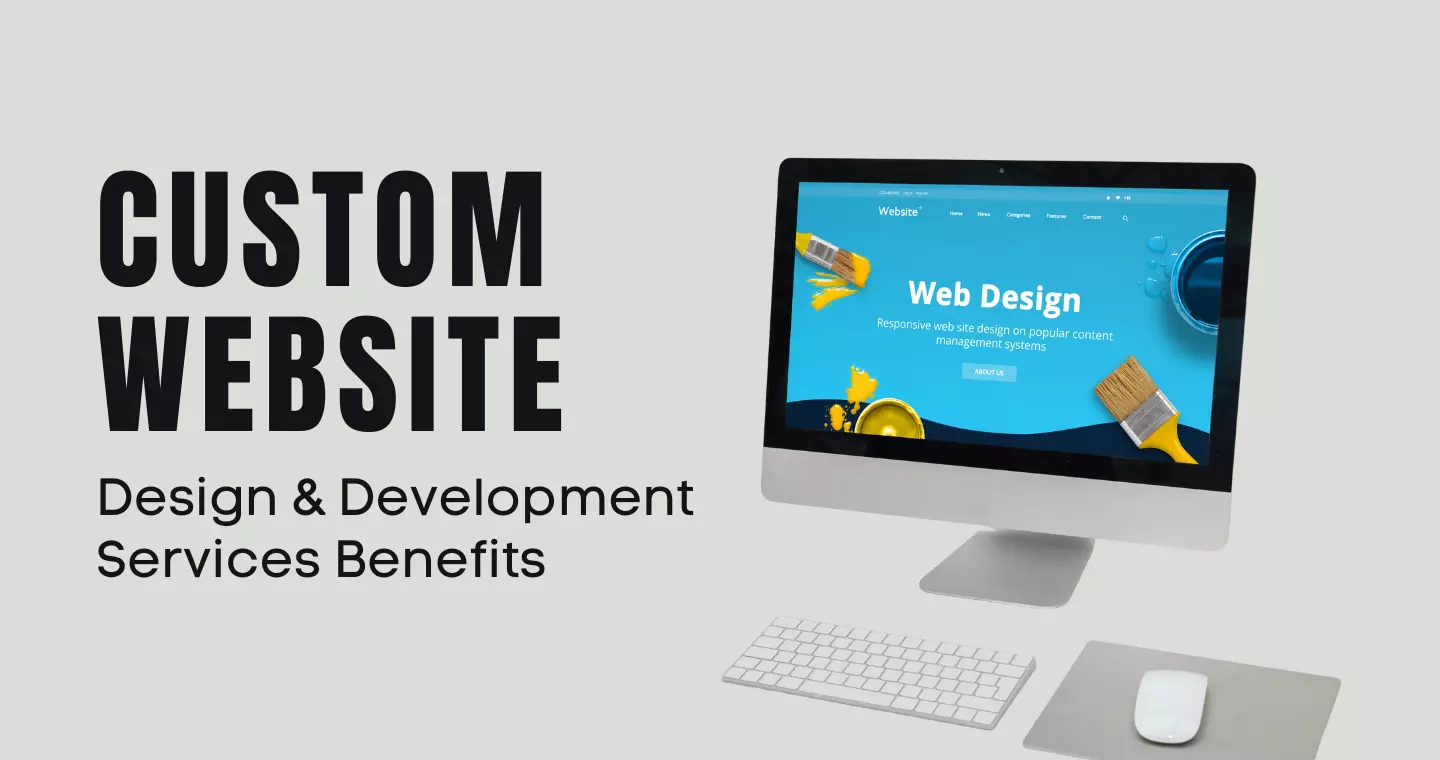Everyone wants to help the planet, but it’s not always clear how. More people today are asking, “What’s the best way to package products and still stay eco-friendly?” The answer often comes back to one simple material: cardboard boxes. They are versatile, affordable, and environmentally smart. Choosing sustainable packaging isn’t just good for the Earth — it’s good for business too.
The Environmental Benefits of Cardboard Boxes
Biodegradability and Compostability
Cardboard is a natural material that breaks down easily. When left in the ground, it can decompose in just a few months, turning into organic matter. Unlike plastic, it doesn’t linger for hundreds of years in landfills. Plus, it can be composted at home or in industrial composting facilities, reducing waste and enriching soil. This makes it a responsible choice for eco-friendly packaging.
Recycling and Circular Economy
Most cardboard can be recycled over and over again. When you recycle a cardboard box, it’s transformed into new paper products, saving trees and energy. Countries like the US recycle over 70% of their cardboard, keeping tons of waste out of landfills. This process supports a circular economy, where materials are reused instead of thrown away. Cardboard fits perfectly into this model because of its high recyclability.
Carbon Footprint Reduction
Creating new Cardboard Boxes produces fewer greenhouse gases than manufacturing plastics or metal packaging. Several industry studies show that producing recycled cardboard results in significantly lower emissions. For example, using recycled paper reduces water use and energy consumption, helping cut down the carbon footprint of packaging. This makes cardboard a more climate-friendly option for businesses and consumers alike.
Cardboard Boxes vs. Alternative Packaging Materials
Plastic Packaging: An Aging Challenge
Plastic packaging is everywhere, but it causes big problems. It’s not biodegradable and pollutes oceans, harming wildlife. Over 300 million tons of plastic waste are produced worldwide each year, and much of it ends up in the environment. Plastic’s durability might seem useful, but it creates long-lasting pollution that’s tough to clean up.
Metal and Glass: Durability but Environmental Cost
Metal tins and glass jars are sturdy and reusable. However, their manufacturing requires lots of energy, and recycling them can be costly. Producing metals like aluminum involves mining and high emissions, while glass manufacturing consumes a lot of heat. While they last long, their environmental impact often outweighs their benefits.
Why Cardboard Surpasses Others
Cardboard checks many boxes. It’s lightweight, reducing shipping fuel costs. It’s cheap to produce and easy to recycle. Plus, it biodegrades quickly if discarded responsibly. Businesses can easily switch to cardboard and make a positive environmental impact. For a packaging option that does less harm and offers more benefits, cardboard is the smart pick.

Innovations and Trends in Cardboard Packaging
Advanced Recycling Technologies
New recycling methods are improving how cardboard is processed. Better sorting and cleaning produce higher quality recycled fibers. Some companies use chemical processes to break down old cardboard into raw material that can be turned into new boxes faster.
Sustainable Design and Customization
Eco-friendly printing options are growing in popularity, using soy or vegetable inks that are less toxic. Minimalistic designs reduce printing ink and material waste. Many brands now create reusable or foldable boxes that can be adapted for multiple uses, extending their life.
Emerging Use Cases
Innovations like foldable, smart packaging with embedded sensors are coming into play. Biodegradable composites and plant-based materials are also gaining traction. These new ideas help keep cardboard relevant in modern packaging needs while staying eco-conscious.
Real-World Examples of Cardboard Box Success
Leading Brands’ Sustainability Initiatives
Big names like Amazon have committed to fewer plastics and more recycled content. Amazon now uses massive amounts of Recyclable Cardboard Boxes for deliveries, cutting down plastic bag waste. IKEA is famous for flat-packed furniture that uses minimal packaging and relies heavily on recycled cardboard. Both show how major companies are making green choices.
Small Businesses Going Green
Many small brands are switching to cardboard packaging to attract eco-minded customers. Some local food producers or craft shops use custom-sized, reusable boxes to cut costs and waste. These efforts earn loyalty and help build a greener community.
Actionable Tips for Embracing Eco-Friendly Cardboard Packaging
For Consumers
- Always recycle your cardboard boxes after use.
- Break down boxes to save space in recycling bins.
- Look for products labeled as eco-friendly or made with recycled materials.
For Businesses
- Source from suppliers who prioritize recycled or responsibly sourced cardboard.
- Design packaging that can be reused or repurposed.
- Share your sustainability efforts through marketing to build trust with customers.
Conclusion
Choosing cardboard boxes for packaging is a smart, guilt-free way to help the environment. They decompose naturally, can be recycled many times, and leave a smaller carbon footprint. As brands and consumers become more eco-conscious, cardboard stands out as the winner. Making the switch benefits not only the planet but your bottom line too. So, next time you pick packaging material, think green — think cardboard. Together, we can build a more sustainable future.



